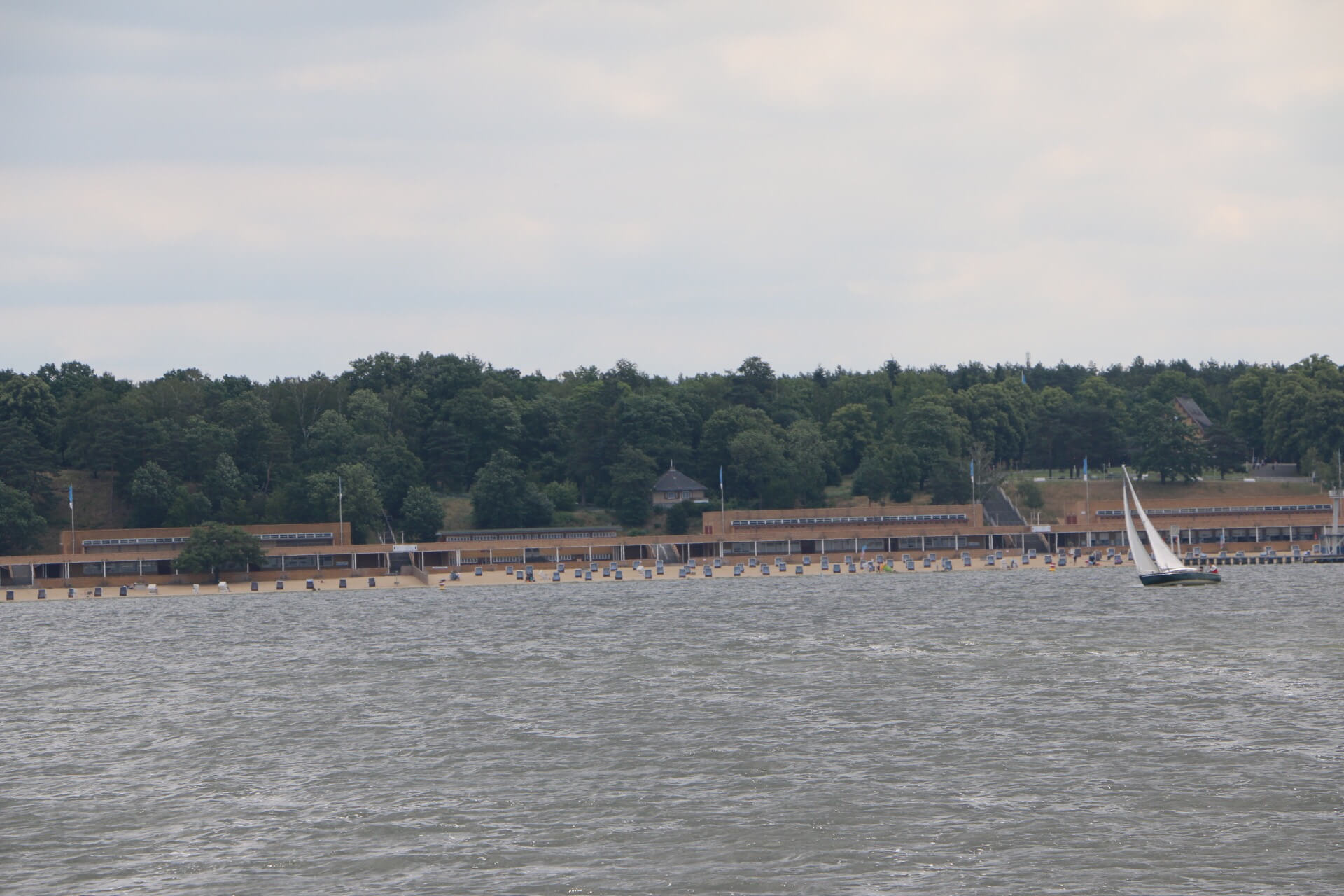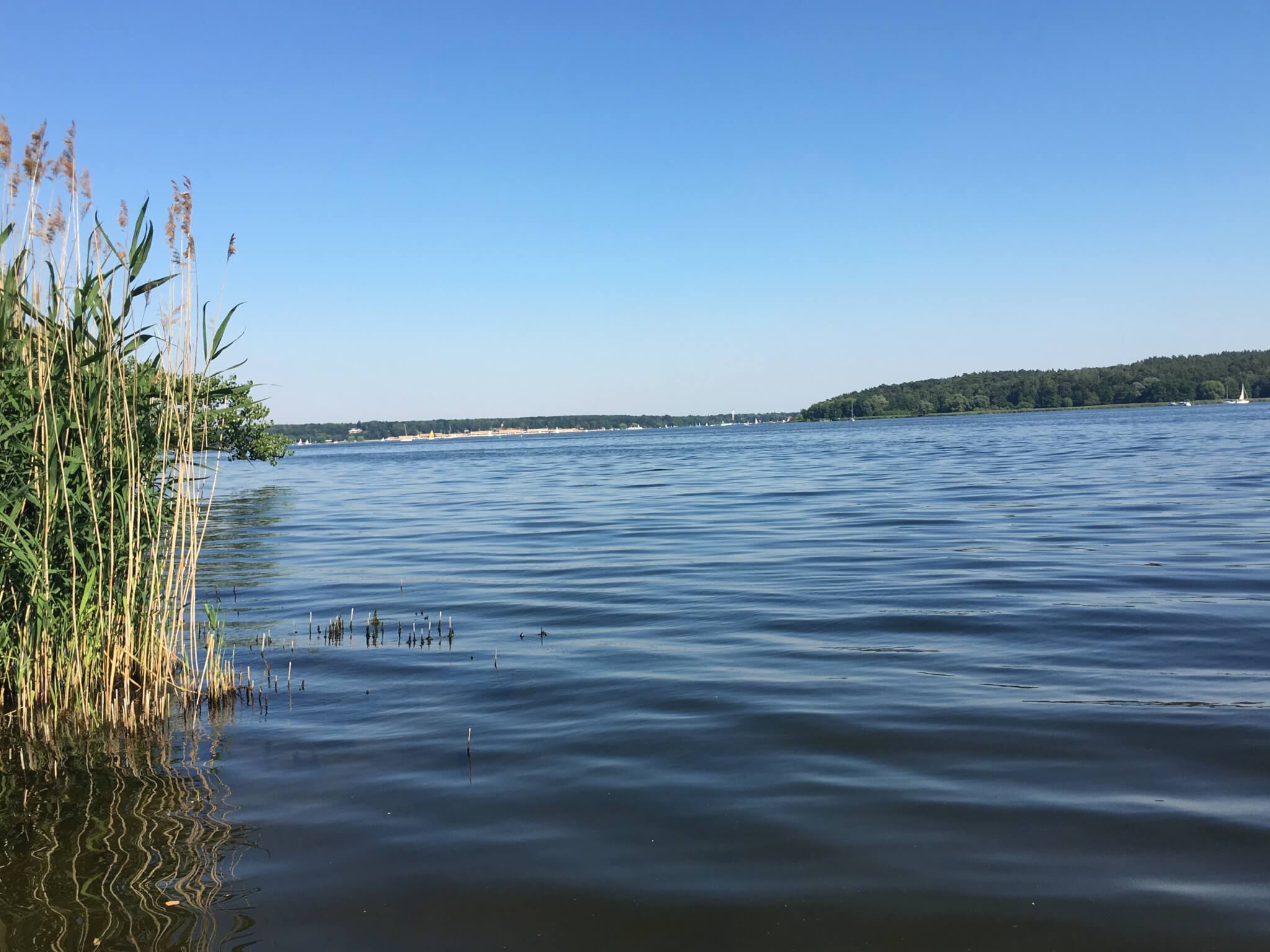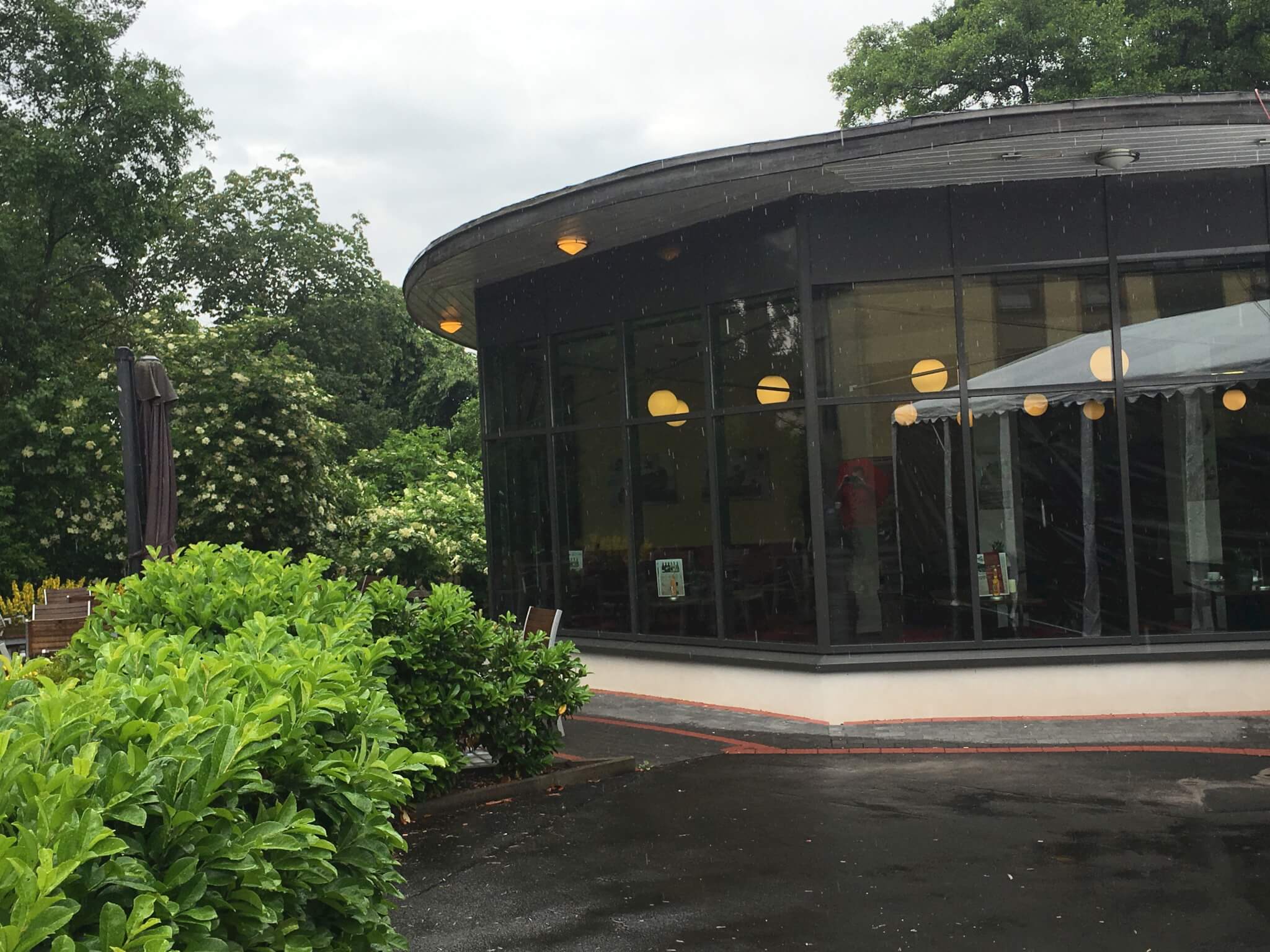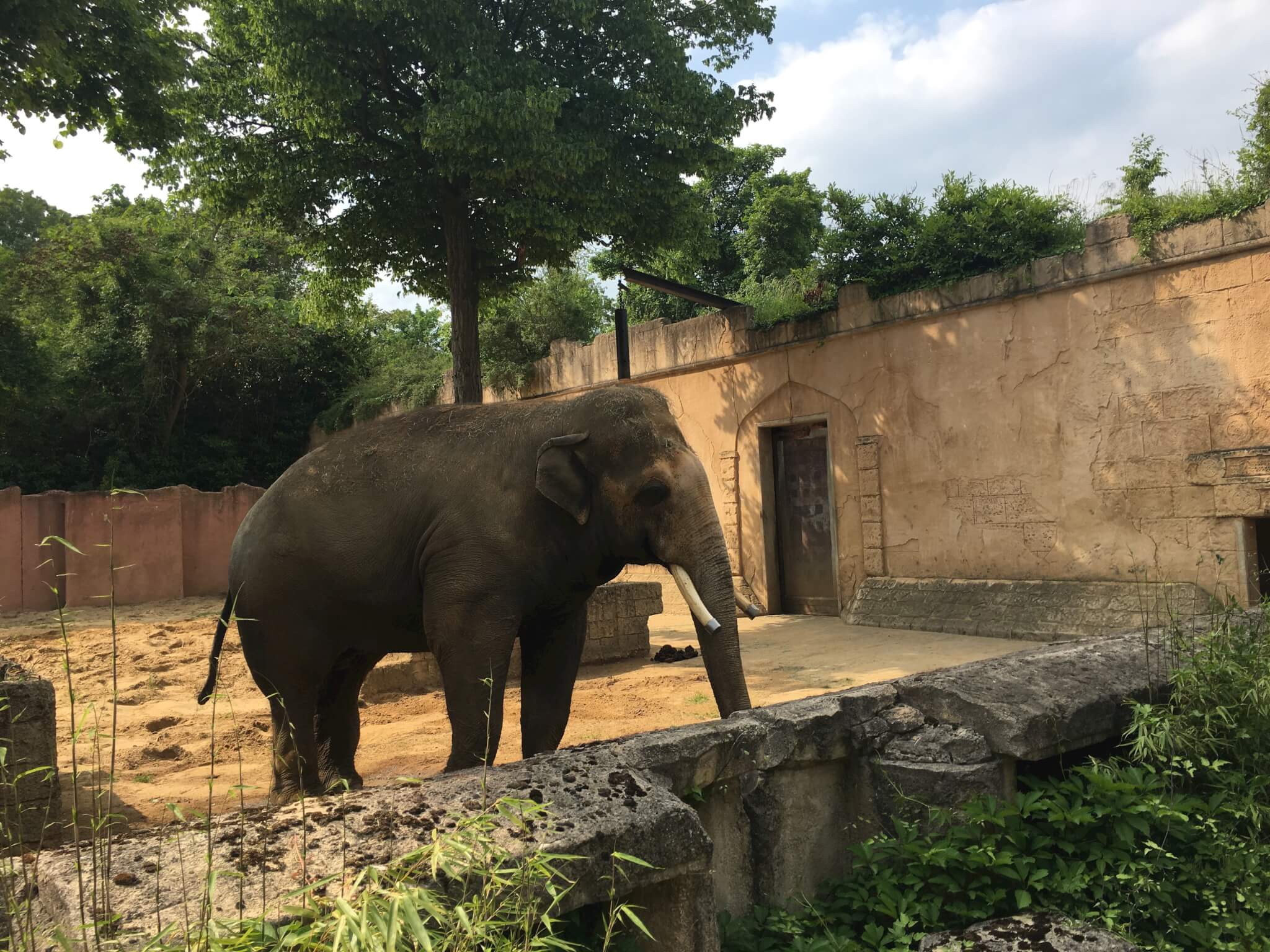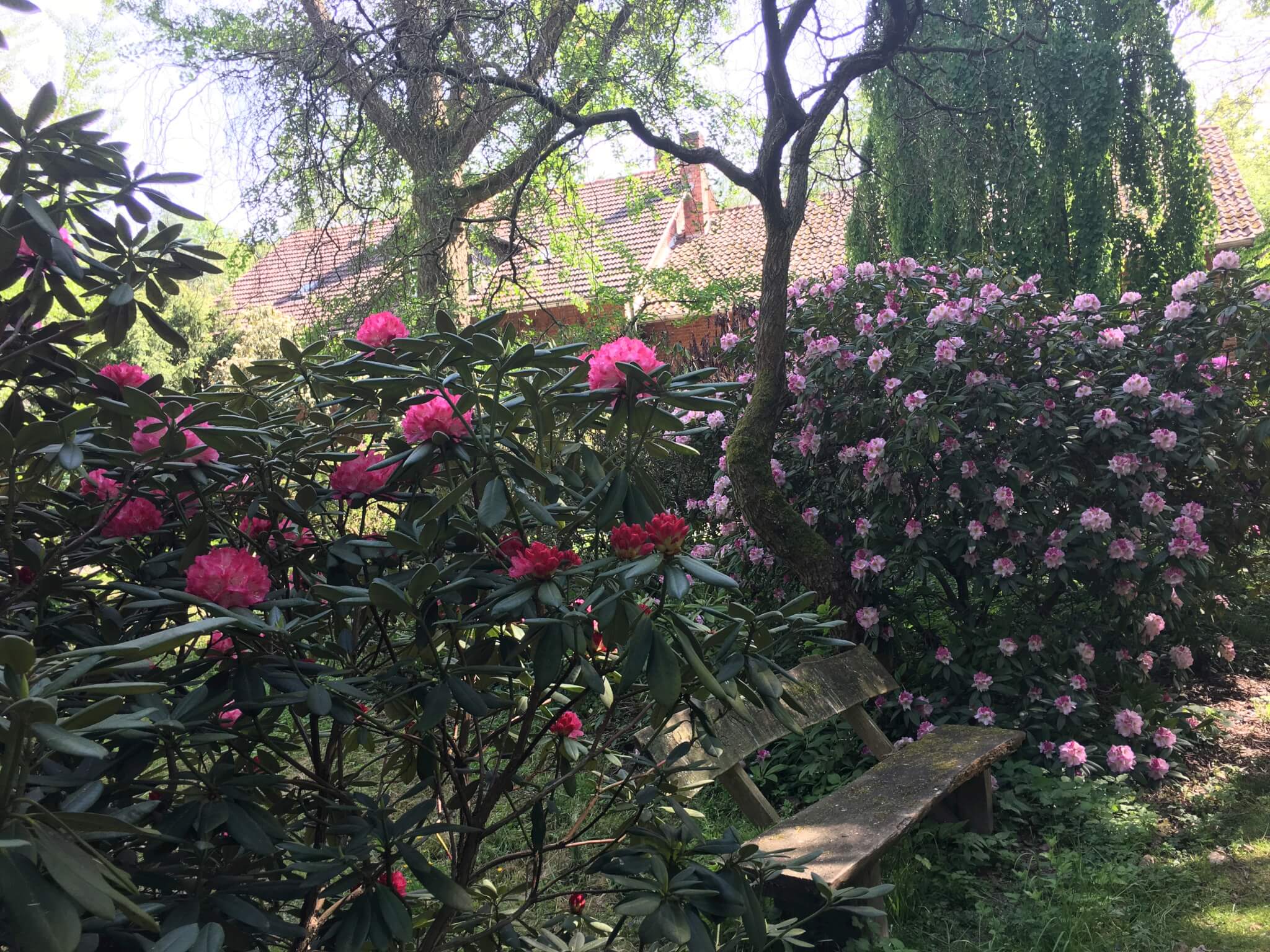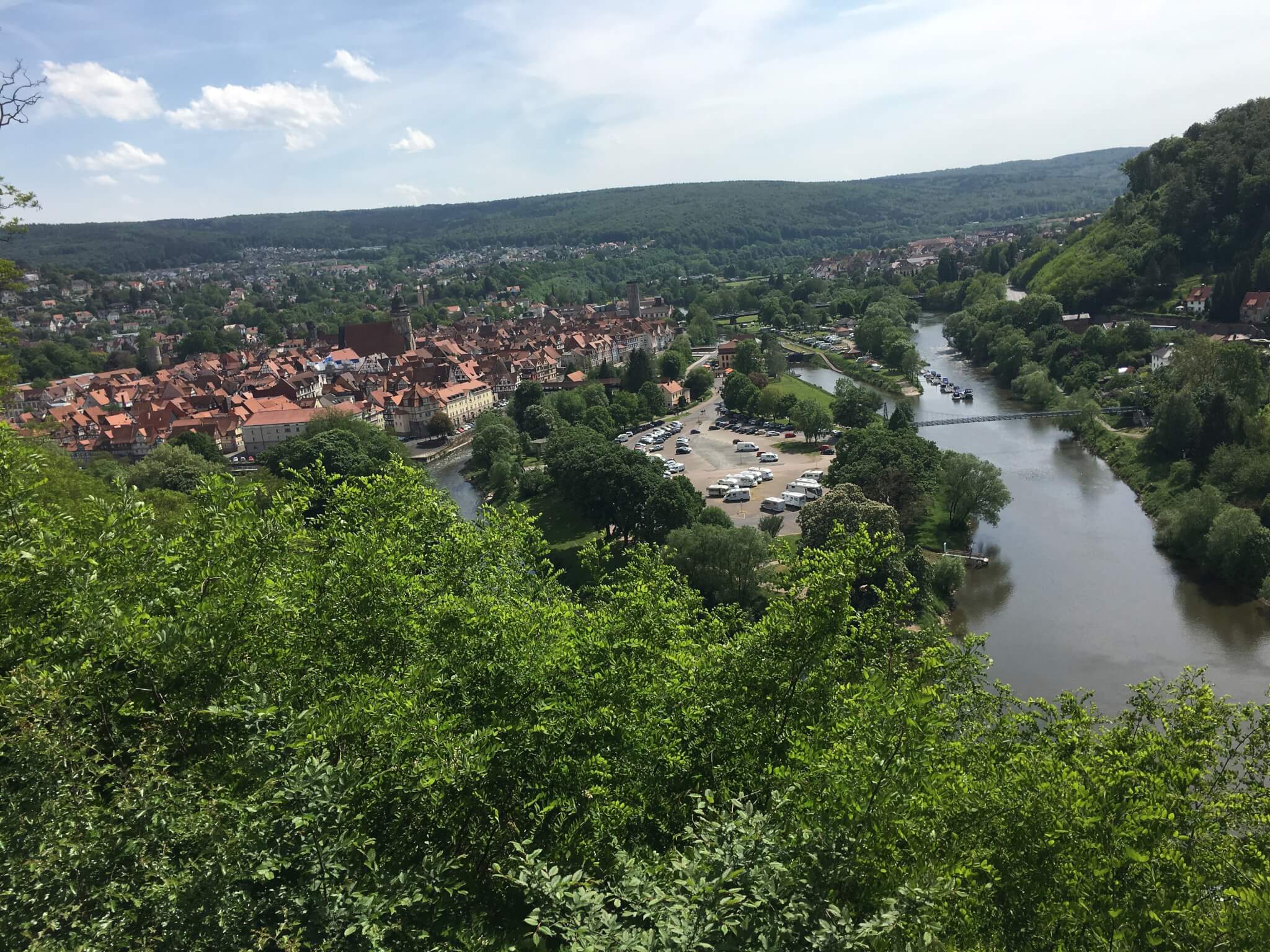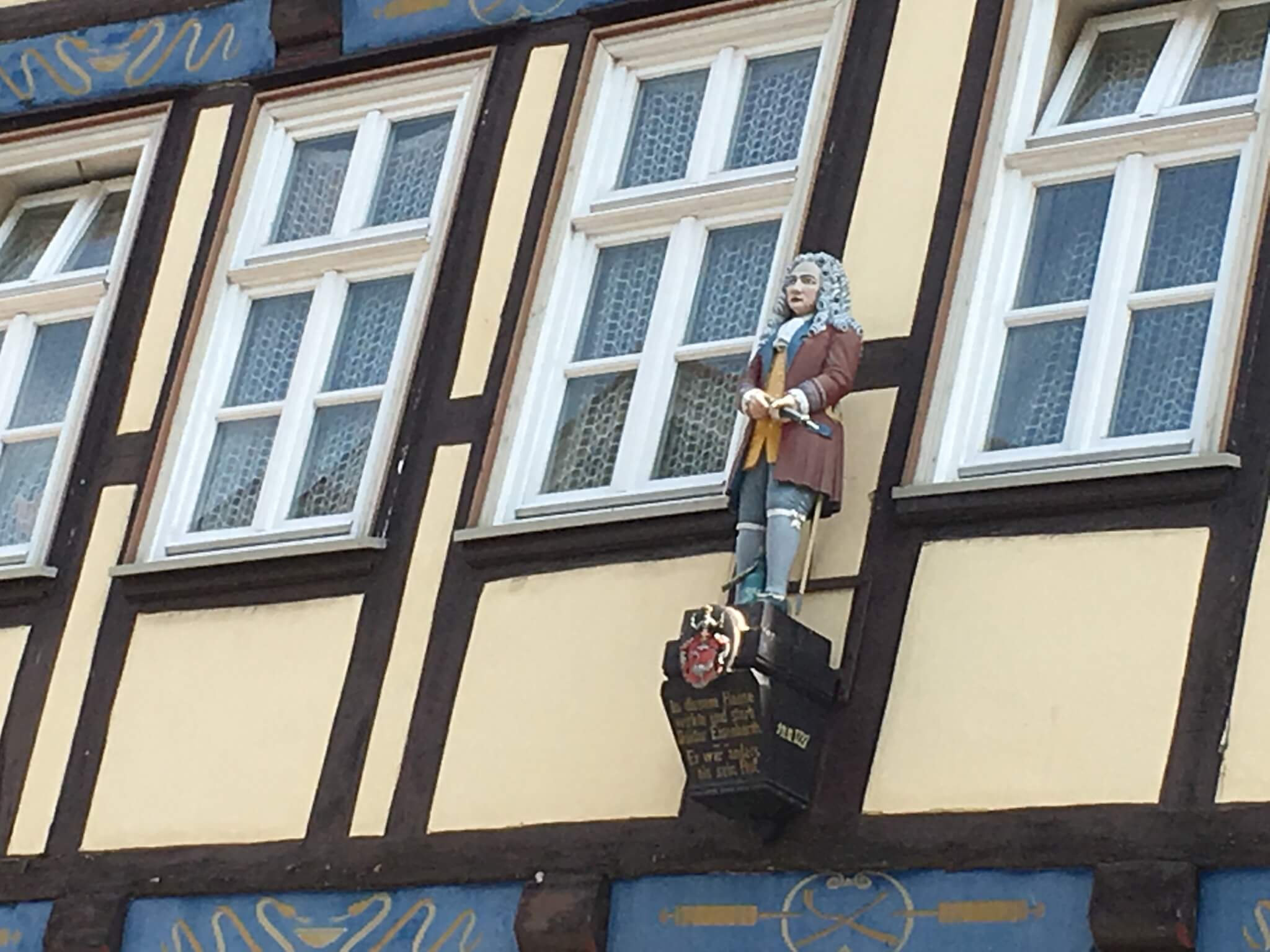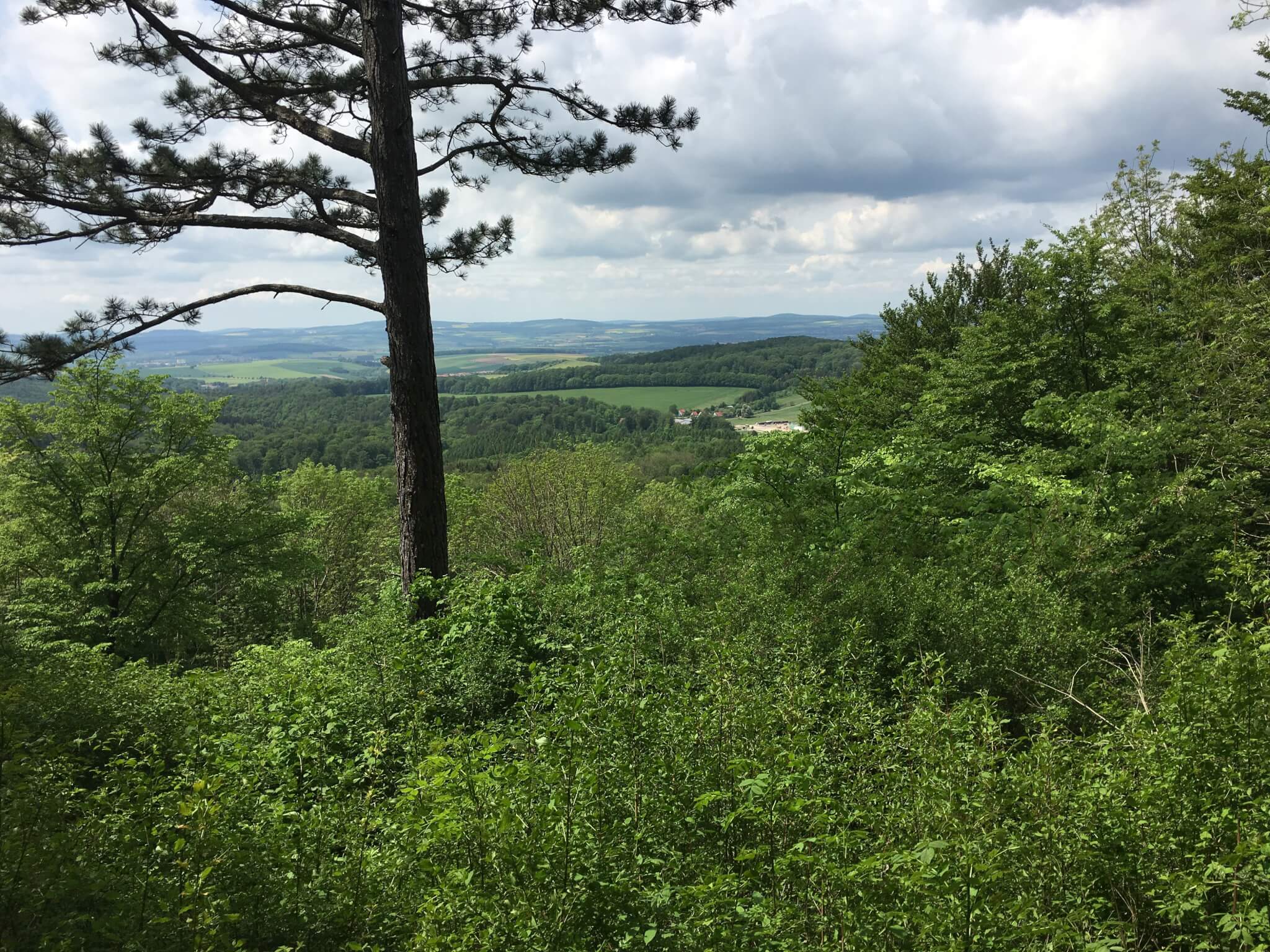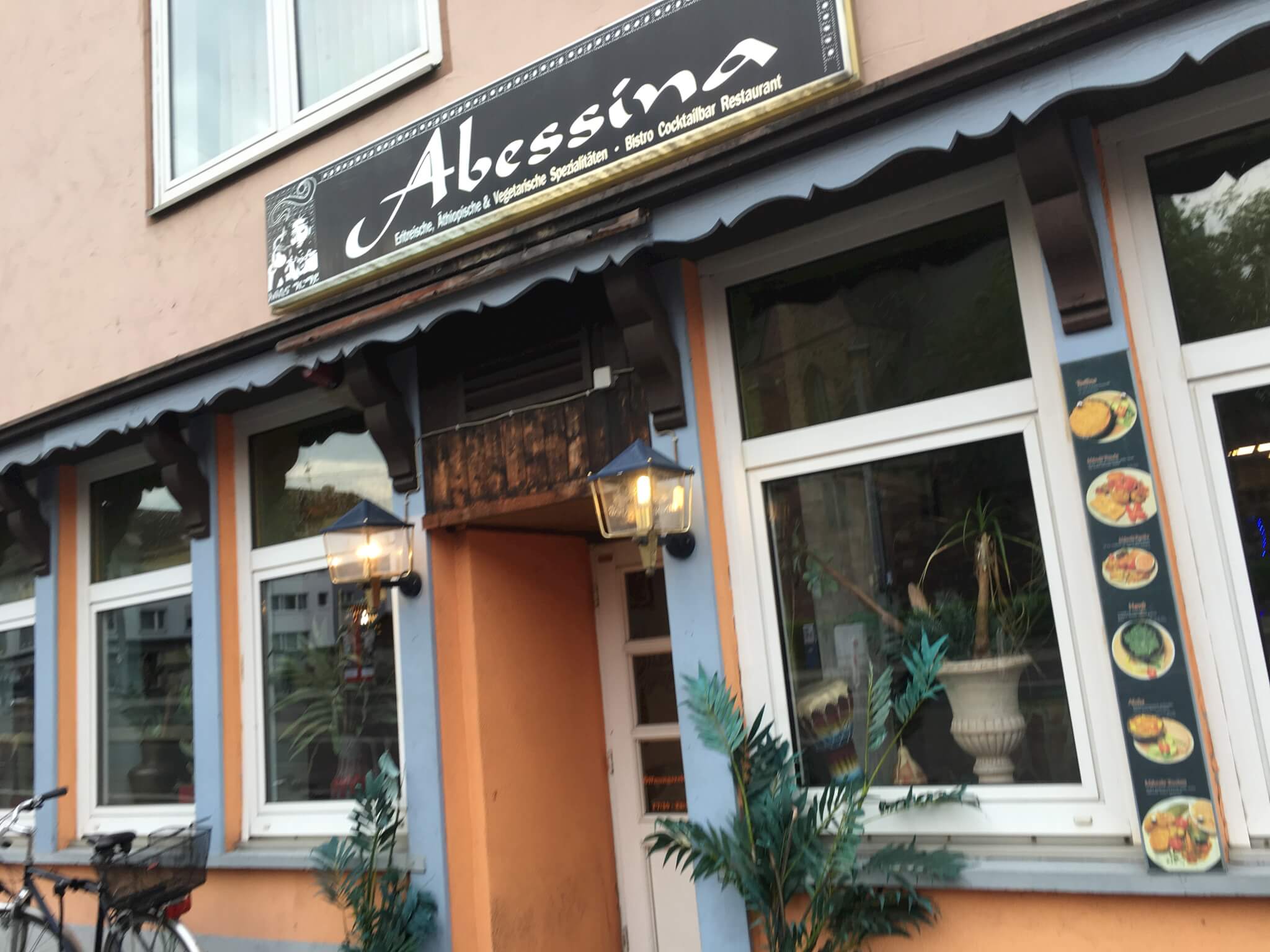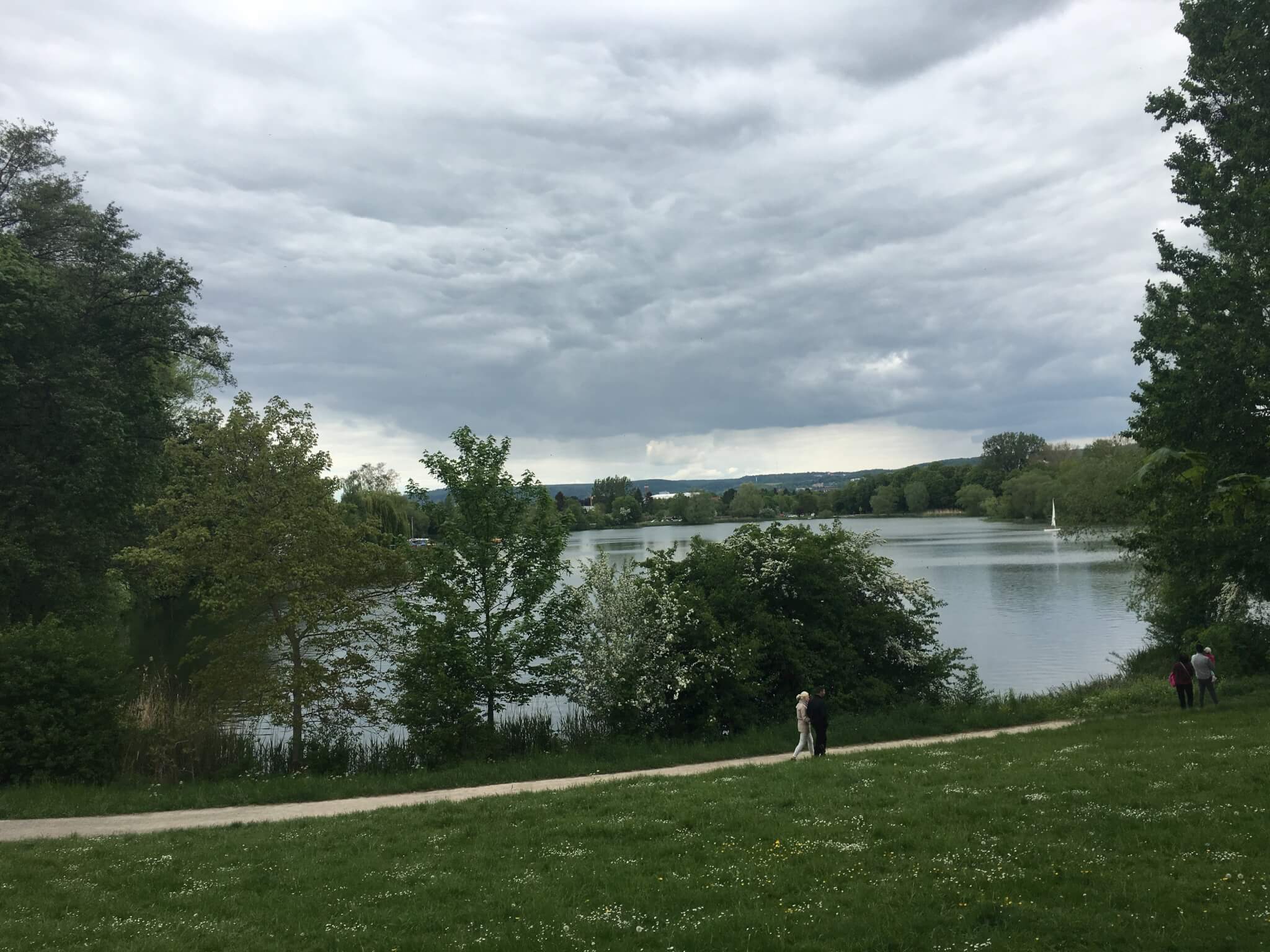What to do if it is really hot and you’re in a big city like Berlin, Germany? Well, there are some outdoor pools in different parts of the city, but there is also a unique opportunity: in the south of Berlin the river Havel forms a natural bay and along its shore there is a sand beach.
Continue reading “Pack die Badehose ein”Rural Berlin
I’ve been to Berlin, Germany many times in my life but I’ve only seen Berlin-Mitte and the surrounding areas attracting many visitors. But Berlin has also a rural side you can best explore between Berlin-Spandau and Potsdam: two small cities, Gatow and Kladow, spread a totally different atmosphere. Continue reading “Rural Berlin”
Pizza Casa
My whole life I was living in an university town with plenty of fast food options. Deciding with the list of possible home delivery services at hand wasn’t easy – but you could always get something appropriate to your current desires. And now in Hann. Münden? Online services only list one place – “Pizza Casa” and ordering is only possible by phone call. Continue reading “Pizza Casa”
Empty your pockets
It is said that the “Erlebnis-Zoo” in Hannover, Germany is the best zoological garden in Germany – and I would support this ranking. But to enter this place you’ll first have to have a lot of money; the entrance fees are pretty high – already for small children. For the inhabitants of Hannover better priced seasonal tickets seem to make this an option for more frequent children’s entertainment. Continue reading “Empty your pockets”
Forest & botanical garden
Until the year 1970 the small town of Hann. Münden, Germany was hosting the faculty of forestry of the “Georg-August-Universität” in nearby Göttingen. As a side effect from 1868 on a botanical garden and an arboretum were created close to the city center and opened in 1870. 100 years later it was moved to Göttingen-Weende (at the “Faßberg“). Continue reading “Forest & botanical garden”
Weserliedanlage
It is well known that in Hann. Münden, Germany the two rivers Werra and Fulda unite to a mighty stream called Weser. And that there is a stone (the “Weserstein“) at the confluence to tell this story. But there is also a song for the river Weser written in 1835 by Franz von Dingelstedt – and for this song you can find a memorial up above Hann. Münden.
Continue reading “Weserliedanlage “Boutique del Gelato
Hann. Münden, Germany is a place many people travel to by bike in summer times – and what do they do there? Have an ice cream. The best traditional ice cream parlour in the pedestrian zone is nowadays called “Boutique del Gelato” – but locals know it by two other names: “Dolomiti” or “Cortina“. Continue reading “Boutique del Gelato”
Wedding at the Gleichen
The “Gleichen” are two mountains in a German region named after these two close to Göttingen, Germany. They are 428 and 430 meters high and on their tops, there have been fortresses in medieval times. These fortifications have never been conquered but in the 16th century CE the inhabitants left them and they became ruins. Continue reading “Wedding at the Gleichen”
Abessina again
I first tried the Abessina in Göttingen which seems to be a spin-off from the restaurant named alike in Kassel, Germany. I loved the food (Injera; sourdough bread, and very spicy meat) and the special atmosphere. That is why I decided to visit the place in Northern Hesse, too. It is located close to the Stern in the more migrant-shaped part of the city center. Continue reading “Abessina again”
The Kiessee
Once it was a gravel pit, now it is one of the most important recreational areas of Göttingen, Germany. The 15 hectares big lake in the southwest at the border to Rosdorf is a good choice if you want to walk a nice round on a sunday afternoon. But you can also have a picnic there, take your kids to a playground or do water sports.
Continue reading “The Kiessee”
